|
Three years ago this week, we (unknowingly) hosted a very interesting visitor here at Mount Olivet Cemetery. It led to arguably my favorite FaceBook post yet on our company site—one which garnered well over 300 likes! I was lucky to have been tipped off by a friend with news of “the burly intruder” on that particular night of May 1st (2018). She sent me a few photos (above and below) that had been posted by one of her friends on an Instagram account. Apparently, this "Instagrammer" had simply come to the cemetery earlier that night to make a casual visit to her father’s grave here. To her great surprise, she spotted our four-legged “tombstone-tourist” not far from the graves of Frederick luminaries Thomas Johnson and Barbara Fritchie. I, myself, had just missed seeing the bear as I had left work for the evening and passed by this very spot about 20 minutes earlier. Looking back, I marvel at the fact that more folks didn’t encounter “said bear” considering all the walkers, runners and cyclists we have in here each evening. Regardless the story of our special friend did not end here. For those who remember this episode, the baby black bear captivated both mainstream and social media, not to mention the hearts and minds of Fredericktonians. Facebook included constant reports of appearances our fugitive was making throughout Downtown Frederick, eventually winding up near the West 7th Street ramps to US15, then over to Selwyn Farms apartments near Fairview Avenue and N. 9th Street. This is the vicinity of North Frederick Elementary School, where the building would be actually placed on Lockdown Mode because of a bear.
Back to my Facebook post for a second, I quipped about there being others with the name Bear, Bare and Baer being buried here. Most common is the name Baer, of which I reported that we have 96 interments with this certain moniker here in Mount Olivet. Of these 96, a very impressive monument belongs to Jacob Shellman Baer in Area G/Lot 40. Here in this plot atop Cemetery Hill, one can find 16 Baers.  Dr Henry Baer Dr Henry Baer Jacob Shellman Baer was born on May 22nd, 1783 in Frederick County, a son of Dr. Henry David Baer (1758-1848) and wife Elizabeth Shellman (1759-1829). His great-grandfather (Heinrich Baer) came to this country from Hausen near Zurich, Switzerland and settled in Lancaster, Pennsylvania. Jacob’s grandfather (George) came to Maryland and settled in the Middletown area shortly before Jacob’s birth. Jacob followed in the footsteps of his father, a physician, who is buried down the hill from his grave in Area H/Lot 5. Jacob’s mother is also buried here as both were buried elsewhere and re-interred here in Mount Olivet in 1877. Our subject attended the University of Pennsylvania where he received his medical degree in 1808. He became a surgeon’s mate to the 16th Regiment of Western Maryland Troops at the Battle of North Point in September of 1814. I was disappointed to find that we overlooked him in honoring our collective group of over 100 veterans of the War of 1812 found here in Mount Olivet, and among those that gave inspiration to Francis Scott Key in their brave defense of Baltimore in September, 1814. He appears to have been active in veteran affairs throughout his life. That said, we do have a special 1812 veteran marker on the grave of Jacob’s brother, Professor William Baer (1788-1866), who is also buried in Area H down the hill from his brother. This gentleman has an interesting story as he was a noted chemist and lecturer, who was declared in his obituary in 1866 as having been “one of the best practical chemists in the country. In Agricultural Chemistry he was, perhaps, the most intelligent man in the United States.”  I was able to find newspaper advertisements for Dr. Baer offering his services to the Frederick community as early as 1811 at in the first block of W. Patrick street in Frederick Town as it was still known back then. This would be a time of great time of personal strife for the young physician as he would lose his young bride, Charlotte Elizabeth Chenowith, not even having the opportunity to celebrate his first wedding anniversary. She and the couple's infant died in childbirth. Charlotte was only 19. Dr. Baer would marry again in early January 1813. This was Elizabeth Worthington (1787-1865), the daughter of Caleb Dorsey, Esq. of Anne Arundel County. Two years later, the couple would name their first daughter Charlotte in honor of his first wife.  For more than 57 years, Dr. Jacob Baer practiced medicine in the city of Frederick and in his hometown of Middletown. Dr. Baer was a vice president of the Medical & Chirurgical Faculty of Maryland from 1848 to 1851. He served as president of this organization from 1855 to 1856. The Medical Annals of Maryland 1799-1899 includes a biography on Dr. Jacob Baer. The entire work was prepared for the centennial of the Medical and Chirurgical Faculty by a gentleman named Eugene Fauntleroy Cordell, M.D. (Baltimore, 1903). A passage found on page 132 states: “Dr. Jacob S. Baer, of Frederick (on whose motion the semi-annual meeting at Easton in November, 1853, had been held, in order to rouse the profession of the State to stand up for its rights), again came forward as the champion of justice by moving that the committee be instructed to proceed to institute such proceedings to recover the chartered rights of the Faculty as should be deemed necessary and that an assessment should be made for the necessary expenses. This motion was carried on a division vote, showing that there was strong opposition. The election of Dr. Baer a day or two later, however, indicates that the part he took in the matter had not estranged from him a majority of the Society.”  Dr Michael S Baer Dr Michael S Baer Jacob’s younger brother, Michael Shellman Baer, also practiced medicine and rose to great heights in his profession as well. Born in 1795, Michael graduated from the University of Maryland in 1818. He was an “Attending Physician of the Baltimore General Dispensary,” 1822-1826, and also was a “Vaccine Physician” in 1824 and a member of the Baltimore City Council from 1830-31. Michael would also serve as President of the Medical and Chirurgical Faculty of Maryland from 1852-53. He died in Baltimore on June 8th, 1854, and I assume is buried there as well, because he is not here in Mount Olivet.  Grave of Libby Musser in Area P Grave of Libby Musser in Area P A Divided Den Back in 1994, I was working for Frederick Cablevision/GS Communications and busily writing and producing a documentary on Frederick City’s history in advance of the town’s 250th anniversary celebration. This project would eventually air on our local Cable Channel 10 in September of 1995. In my endeavors, I was fortunate to make the friendship of a charming lady of “the old school of manner and grace.” Her name was Elizabeth Tyson Musser (1911-2000), or “Libby” as most knew her. Mrs. Musser was kind enough to share many stories of her life and friends in Frederick, and that of her ancestors as she lived in the historic home of her great grandparents, Jacob Baer Tyson (1842-1926) and wife Amelia Mann (1846-1913). This Jacob (1842-1926) was named for our subject as his mother, Elizabeth Worthington Dorsey Baer (1814-1886), was the daughter of our Dr. Jacob Baer. He was a successful fertilizer merchant in a firm founded by his father Jonathan Tyson back in 1842, with headquarters on S. Carroll Street. Jacob Tyson also served as a member of Mount Olivet’s Board of Directors. The Tysons lasting legacy is the iconic, Italianate-style house that can be found at 101 E. Church Street just beyond Maxwell Alley. It was built in 1854 and shares many design qualities with its twin directly across the street which was built for Col. Charles E. Trail (now home to Keeney and Basford Funeral Home.)  Mrs. Musser shared with me some amazing family letters that were in her possession that pertained to Dr. Jacob Baer. She introduced me to this family of doctors, saying that all three shared a joint practice at one point in town, and I believe this to have been near the bend in W. Patrick Street. I first learned about the Baers in connection with an interesting episode pertaining to Civil War history from a pair of my history mentors, Paul and Rita Gordon, who helped me incredibly with my Frederick Town documentary project. It involved a prime example of the pitting of “brother vs. brother” during the four-year conflict which almost tore our country apart. The Gordons would write about this in their 1994 book entitled Frederick County Maryland Playground of the Civil War. In the chapter A House Divided, (pgs. 206-208), one will find the following story: The father (Jacob) and his son, Caleb, disagreed over the right of states to withdraw from the Union and form a confederacy. Politics sharply divided the family with a third son, Charles Jacob, siding with his father. When duty called, (father) Jacob became a surgeon in the Potomac Home Brigade, USA, while Caleb became a surgeon in the 4th Brigade of Forrest’s Division, CSA. Dr. Jacob Baer was influential in the local war effort as he achieved leadership positions for conventions representing his cohorts in Frederick city and county. As mentioned earlier, Jacob was made surgeon of the Brengle Home Guards, which melded into the Potomac Home Brigade. Caleb helped to establish a number of military hospitals, including Polk Hospital, near Helena, Arkansas. On July 28, 1863, he wrote his wife Priscilla, about a battle that had occurred, and described his unit’s casualties: 150 killed and 400 wounded. He wrote about the withering rifle shot and artillery shells “cutting off trees and limbs, tearing holes in the ground large enough to bury a horse.” He wrote about the wounded he treated: “what stoicism, the men saw the knife pass through their flesh or stood the wrench and forces of the bullet forceps.”
Caleb had written to a sister living in Baltimore, three weeks previously, that he lamented the division between himself and his father. He noted that he had received only two letters from his family in two years. He wrote: “…but the differences between my father and myself prevented correspondence before hostilities commenced…father would never blush for his son as a surgeon tho’ he may for his rebel proclivities…Truly I am tired of blood, for two years, my knife has scarcely been idle and altho’ when I took pleasure in surgery, I have had my fill.” Caleb told his sister to thank his mother for sending clothing and other items to his wife, noting she was badly in need of the items. He indicated his wife “struggles on against poverty and privation with the spirit of a woman of whom I am, proud.” A letter dated August 31, 1863, from Dr. Andrew N. Kincannon, who served with Caleb, was addressed to Priscilla. It informed her of the death of her husband on August 30th at 4 PM, after a painful illness of two weeks. His death was due to the illness and “a disease of the heart.” Apparently, Dr. Baer had known about his heart condition. Kincannon, who also operated on Baer at the end, wrote: “He had many warm and true friends in the army who will very much regret his loss.” At the bottom of the letter was penned a note that a lock of Caleb’s hair was enclosed. His body would not be returned home and buried until 1866. Our cemetery records shed light on the reason: Caleb Dorsey Worthington Baer: Confederate soldier with Field & Staff of 2nd Missouri Inf., 8th Div. Died at Polk Hospital, Helena, Arkansas, while serving as senior surgeon in the 4th Brig Forrest Div. He was originally buried in Missouri, and according to the Frederick paper dated Feb. 6, 1866, he was reinterred here early Feb. 1866. While his Soldier History states he enlisted as a surgeon and served in Field & Staff of the 2nd Missouri Infantry. His Detailed Soldier History states he enlisted as a surgeon, served in 2nd Reg't. Inf., 8th Division, Missouri State Guard. The chasm between father and son existed unto the grave. Yet Jacob Baer and his two sons are buried in the same plot in Mount Olivet Cemetery in Frederick. Furthermore, Priscilla must have been taken into the family’s fold. The tea set was not sold and remains in Mrs. Musser’s possession. As for Caleb’s father, Dr. Jacob Baer, he would die a year after the war’s end on April 10th, 1866. He would join his wife and son, along with other children who had not reached maturity up on Cemetery Hill. As for Dr. Baer's other son, Charles Jacob Baer, he was a native of Frederick City, born on August 8th, 1823. He received his education at the Frederick Academy and followed this with studies at Baltimore City College and St. John’s College. He received his medical doctorate from the University of Maryland in 1845 and served as a Vaccine Physician at Middletown. During the Civil War, Charles served as the Examining Surgeon of his Congressional District. In fact, he participated in action at the nearby Battle of South Mountain and attended to a downed colonel from Ohio who had been shot just south of Fox’s Gap on September 14th, 1862. He saved this man’s life, allowing the lucky patient to reach greater heights after a lengthy recovery begun in Middletown. This was none other than future US President, Rutherford B. Hayes. Dr. Charles J. Baer continued to practice for 27 years and later spent his retirement in agriculture in Roanoake County, VA, where he eventually died of spine paralysis on April 30th, 1888. He was buried here in Mount Olivet on May 2nd. It is certainly worth noting that the earlier mentioned daughter Charlotte, along with Dr. Jacob Baer's second daughter, Sallie Ann, are buried in this plot along with two other children who died in infancy. Our records state that Sallie Ann Baer was unmarried at the time of her death in 1879, and had amassed a great estate estimated between $50-$60,000. Well that's enough for now, as their are still other family members of note that I will tell you about on another day. Thanks for sticking with me to the end, as I know this particular story was a lot to bare, after I lured you into my history trap with a few alluring photos at the onset!
2 Comments
NANCY DRONEBURG
5/9/2021 09:03:11 pm
great story
Reply
Nancy Bodmer
5/11/2021 01:16:22 pm
We have the Gordon’s book and the bio of Caleb Baer at the Bookery and Gifts at Heritage Frederick on Church Street. We are now open, Thursday, Friday, Saturday 10-4. Or visit our online store www.Frederickhistory.org
Reply
Leave a Reply. |
STORIES
|
Archives
July 2024
June 2024
May 2024
April 2024
March 2024
February 2024
January 2024
December 2023
November 2023
September 2023
August 2023
July 2023
June 2023
May 2023
April 2023
March 2023
February 2023
January 2023
December 2022
November 2022
October 2022
September 2022
August 2022
July 2022
June 2022
May 2022
April 2022
March 2022
February 2022
January 2022
December 2021
November 2021
October 2021
September 2021
August 2021
July 2021
June 2021
May 2021
April 2021
March 2021
February 2021
January 2021
December 2020
November 2020
October 2020
September 2020
August 2020
July 2020
June 2020
May 2020
April 2020
March 2020
February 2020
January 2020
December 2019
November 2019
October 2019
September 2019
August 2019
July 2019
June 2019
May 2019
April 2019
March 2019
February 2019
January 2019
December 2018
November 2018
October 2018
September 2018
August 2018
July 2018
June 2018
May 2018
April 2018
March 2018
February 2018
January 2018
December 2017
November 2017
October 2017
September 2017
August 2017
July 2017
June 2017
May 2017
April 2017
March 2017
February 2017
January 2017
December 2016
November 2016

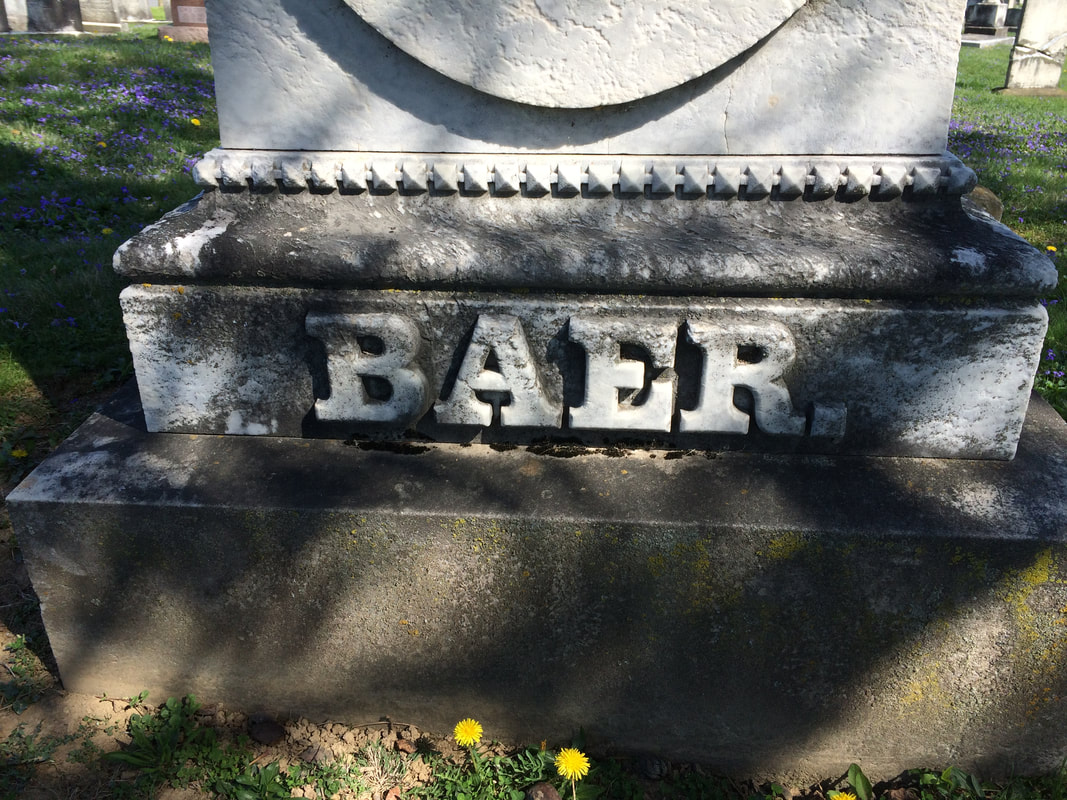


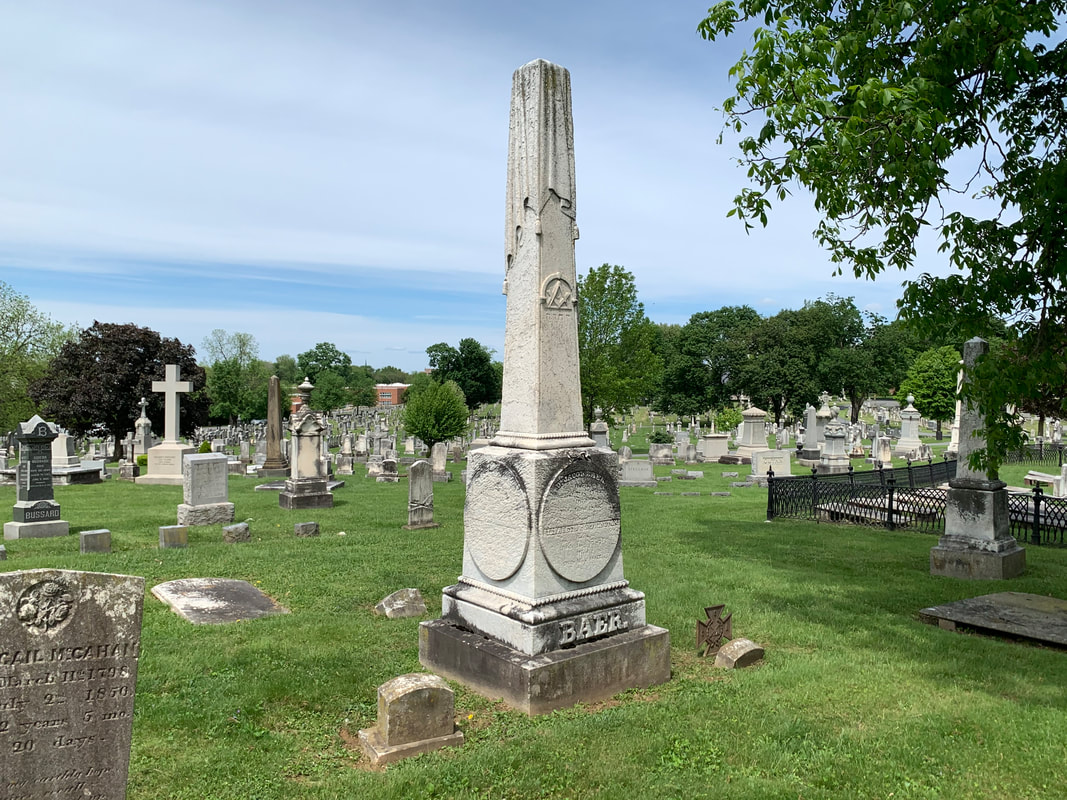
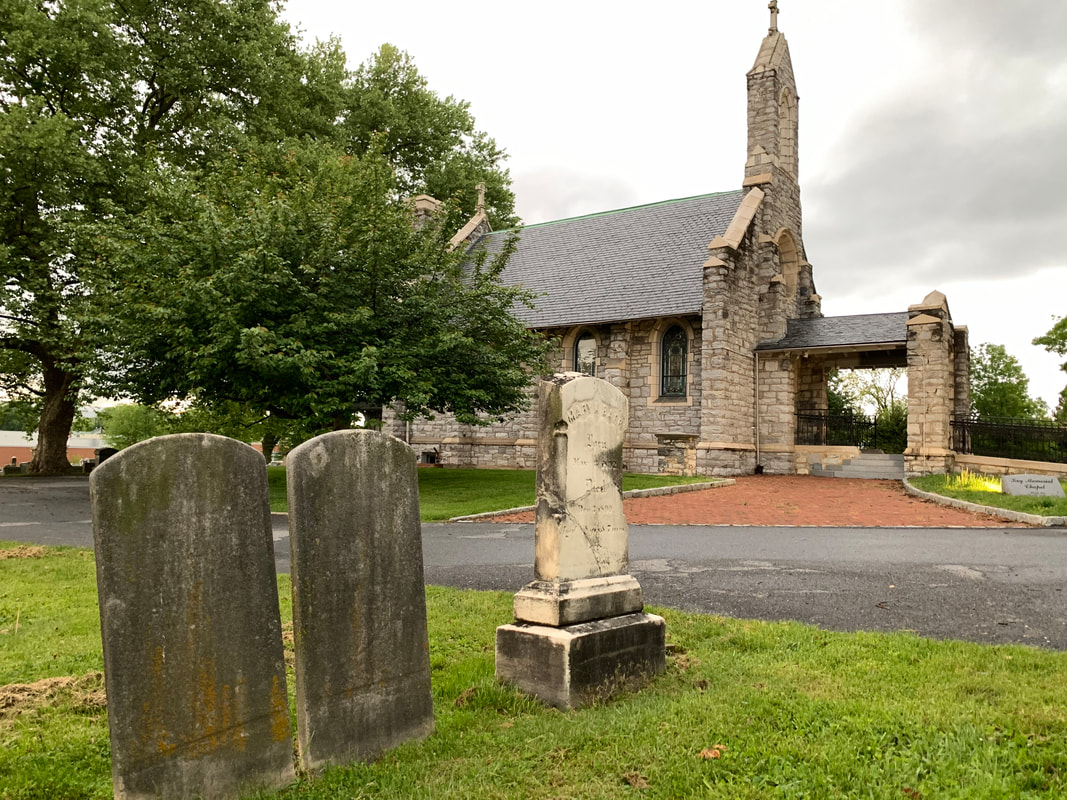
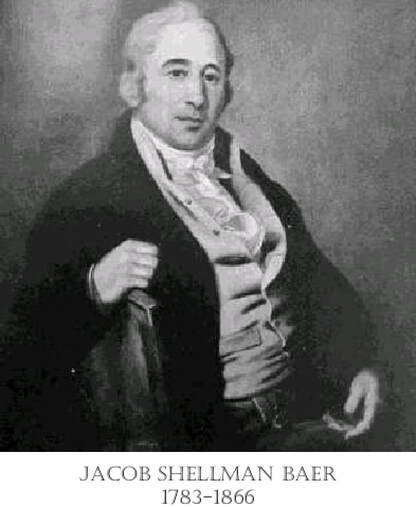
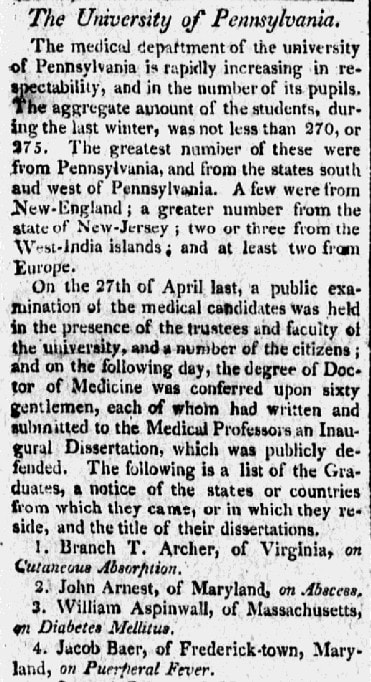





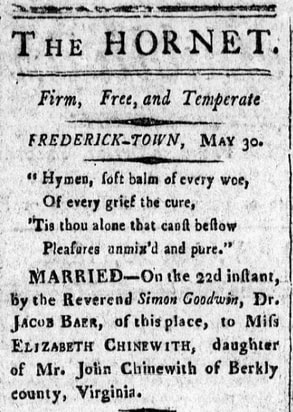
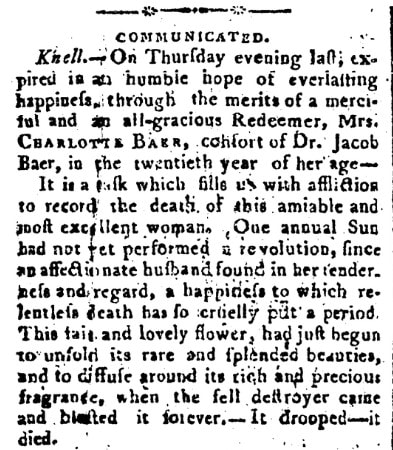


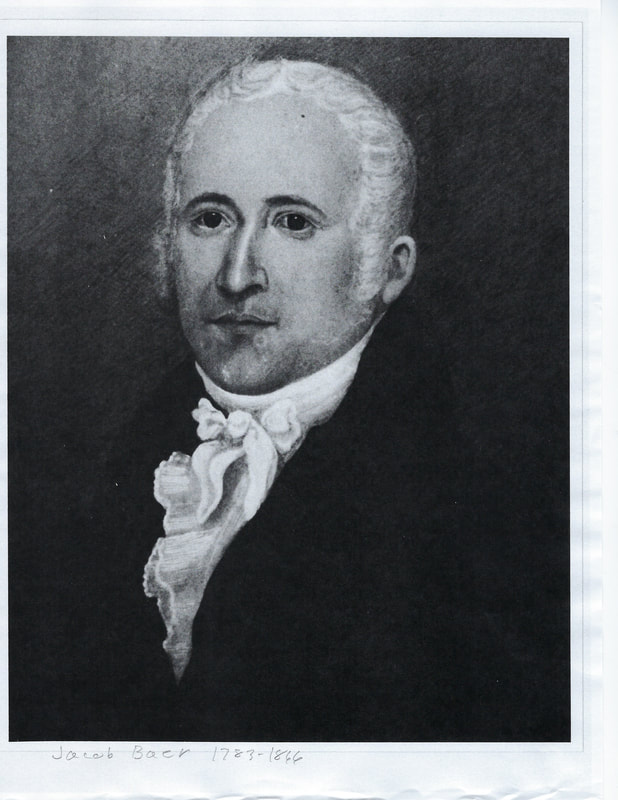




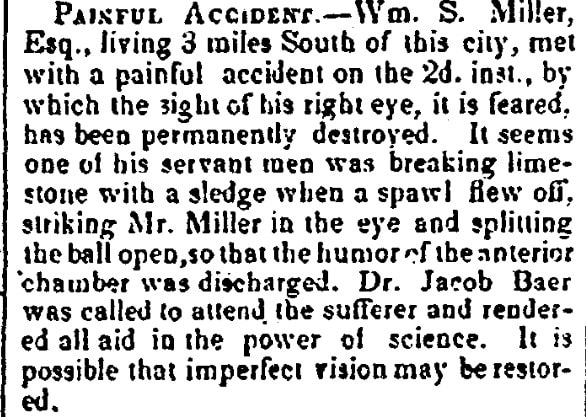

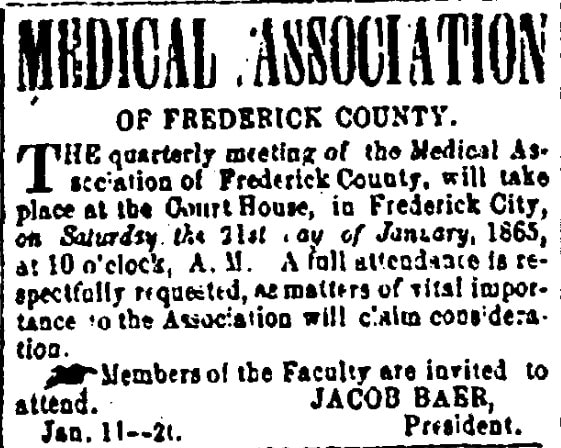

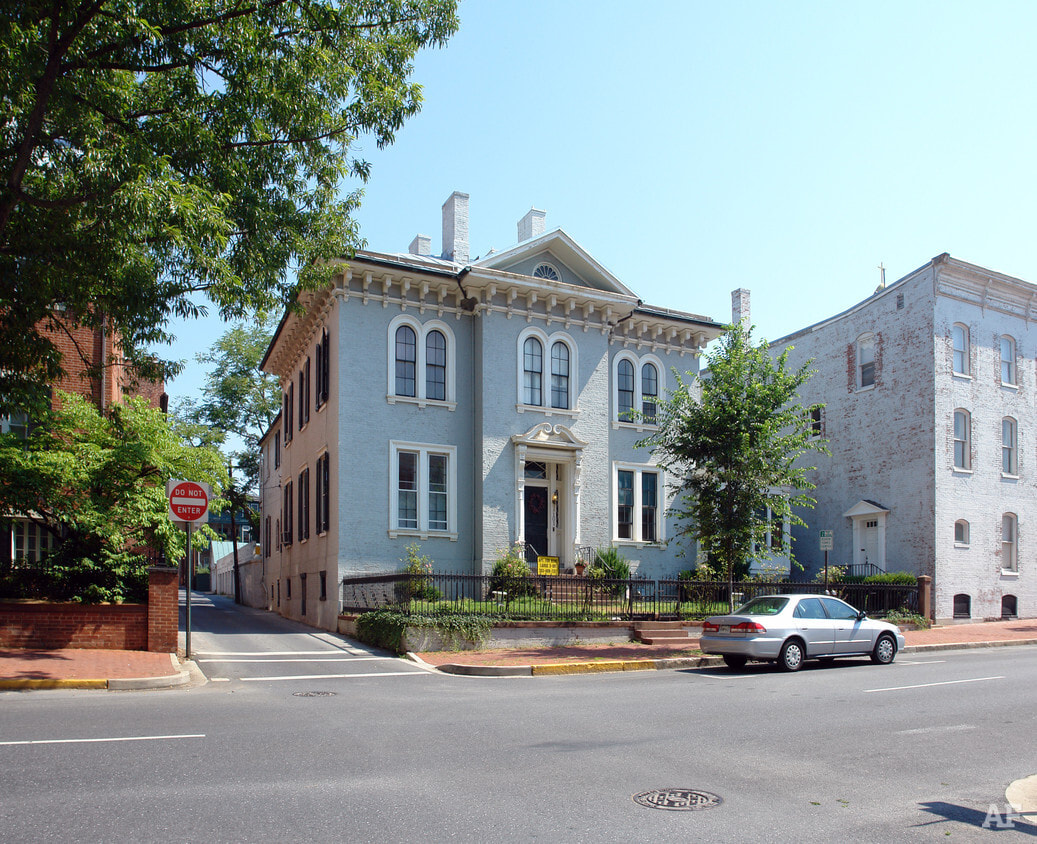










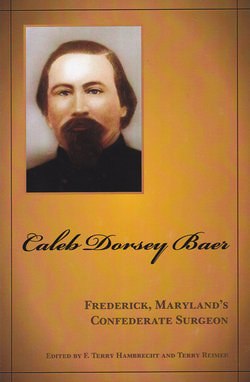


















 RSS Feed
RSS Feed